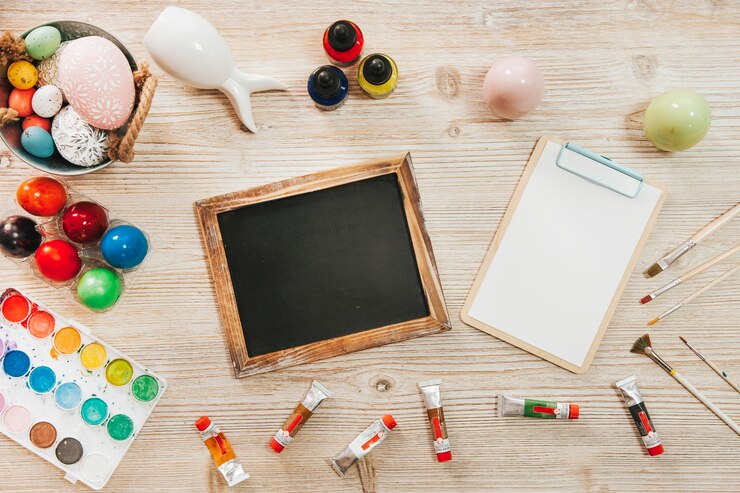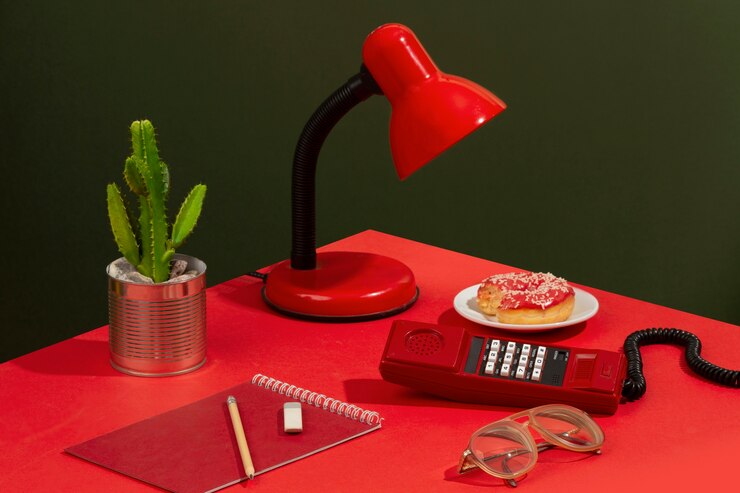In our fast-paced modern lives, it’s easy to overlook the beauty and significance of the seemingly ordinary objects that surround us. Yet, these everyday items often hold hidden stories, memories, and possibilities that can spark creativity and fuel inspiration. Whether it’s the warm glow of a morning coffee mug, the intricate design of a key, or the weathered pages of a well-read book, inspiration can be found in the simplest of objects if we take a moment to truly observe and appreciate them.
The Hidden Stories Behind Everyday Objects
Every object in our daily lives carries with it a narrative—a blend of function, design, and emotion. Consider your favorite pen, for example. More than just a tool for writing, it may remind you of a cherished gift, a pivotal moment in your career, or even the excitement of discovering your own creativity. The textures, colors, and even imperfections of such items can evoke personal memories and associations, making them powerful sources of inspiration.
Memory and Meaning
Often, the most inspiring objects are those that hold sentimental value. A faded photograph, a handwritten note, or an old ticket stub can instantly transport us back to a moment in time, reigniting forgotten dreams or sparking new ideas. These objects remind us that creativity is not just about what we see or touch, but also about the emotions and experiences they represent.
Design and Functionality
The design of everyday objects often reflects the ingenuity of human thought. From the ergonomics of a chair to the elegant simplicity of a smartphone, these items are a testament to our ability to solve problems and improve our quality of life. Observing the design elements—symmetry, color contrast, texture, and even the choice of materials—can provide fresh insights for artists, designers, and innovators who seek to integrate function with beauty in their own work.
Finding Inspiration in the Ordinary
Finding inspiration in everyday objects is less about searching for something exotic and more about shifting our perspective. It’s about noticing the overlooked details and asking questions about the purpose and origin of these items. Here are some strategies to help you see the extraordinary in the ordinary:
Mindful Observation
Take a moment each day to pause and truly look at the objects around you. This practice of mindfulness can reveal details you might have previously missed—the subtle grain of wood in a table, the curvature of a light fixture, or the gentle wear on a favorite book cover. By focusing on these details, you open up a dialogue with your surroundings, allowing them to speak to you in unexpected ways.
Creative Journaling
Keep a small journal or sketchbook dedicated to the everyday objects that catch your eye. Jot down your observations, feelings, or even doodles that capture the essence of these items. Over time, you may notice patterns or recurring themes that could lead to broader creative projects—be it a series of paintings, a design portfolio, or a collection of short stories inspired by the objects in your daily life.
Reimagining Functionality
Ask yourself how an object could be used differently. Can that old ladder become a unique bookshelf? How might a collection of mismatched chairs be reconfigured into a modern art installation? This playful reimagining not only sparks innovation but also encourages sustainable thinking by finding new life for items that might otherwise be discarded.
Contextual Shifts
Consider how the meaning of an object changes with context. A simple cup might be used for drinking tea at home, but in an art exhibit, it could represent comfort, solitude, or even cultural identity. By altering the context in which we view an object, we can unlock new layers of meaning and inspiration.
Real-Life Examples of Everyday Inspiration
History is rich with examples of great ideas and masterpieces born from the observation of everyday objects. Here are a few instances where the mundane became extraordinary:
The Birth of Industrial Design
The Bauhaus movement, with its emphasis on functionality and simplicity, drew inspiration from everyday life. Designers like Marcel Breuer and Ludwig Mies van der Rohe observed the simplicity of everyday materials and forms, transforming them into iconic pieces of furniture and architecture. Their work demonstrated that beauty could be found in utility and that everyday objects could be reimagined to serve both aesthetic and functional purposes.
Innovations in Technology
Many groundbreaking technological innovations have roots in the observation of the natural world or everyday life. For instance, the invention of Velcro was inspired by the way burrs stick to clothing and fur. By studying these natural interactions, engineers developed a new type of fastener that revolutionized how we secure clothing, accessories, and even space equipment.
Artistic Mastery
Renowned artists often draw on everyday objects as subjects in their work. Still life paintings, a genre that has fascinated artists for centuries, showcase ordinary items like fruit, vases, and utensils, inviting viewers to see beauty in the commonplace. The detailed textures and vibrant colors of these objects, when captured on canvas, reveal the artist’s deep appreciation for the subtleties of life.
Embracing the Inspirational Power of the Everyday
As we navigate our daily routines, it can be easy to take the familiar for granted. However, by embracing a mindset of curiosity and wonder, we can transform the mundane into a constant source of inspiration. Here are some practical steps to cultivate this perspective:
Curiosity as a Daily Practice
Make it a habit to ask questions about the objects around you. Why was this particular material chosen? How does its design affect its functionality? What memories does it evoke? Such questions can lead to profound insights and creative breakthroughs.
Integrate Inspiration into Your Work
Whether you’re an artist, a writer, a designer, or simply someone who appreciates beauty, allow the inspiration you draw from everyday objects to influence your work. Use these observations to inform your projects, add depth to your creations, and foster a personal connection with the material world.
Celebrate the Ordinary
Host a photo series, blog posts, or even social media challenges that focus on the beauty of everyday objects. Sharing your perspective not only celebrates the overlooked aspects of life but also encourages others to find inspiration in their own surroundings.
Transform the Everyday into Art
Experiment with different mediums to capture the essence of everyday objects. Photography, painting, sculpture, and even digital art offer unique ways to reinterpret the familiar and create something new. By translating everyday inspiration into art, you contribute to a culture that values creativity in all its forms.
Conclusion
Inspiration in everyday objects is all around us, waiting to be discovered by those willing to look closer. By adopting a mindset of curiosity and mindfulness, we can turn the mundane into a powerful source of creativity. Whether it’s through the intricate design of a common item, the memories it evokes, or the innovative ideas it sparks, everyday objects have the potential to transform our perception of the world.
So, the next time you reach for your coffee mug, pause for a moment and appreciate its form, texture, and the memories it might hold. In that small, familiar object lies a universe of inspiration, ready to fuel your creative journey. Embrace the ordinary, and you may just find that the everyday is far more extraordinary than you ever imagined.

